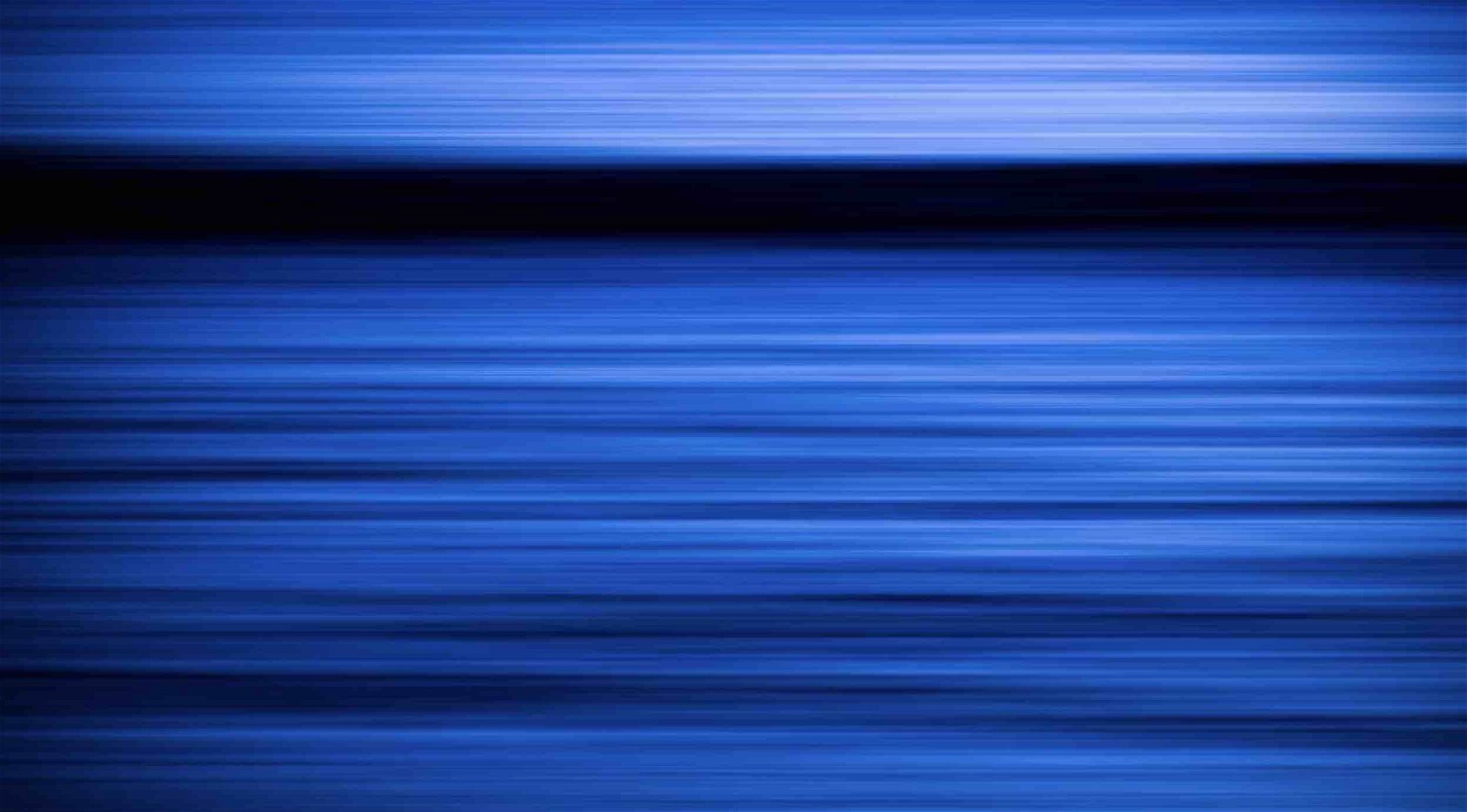Researchers have developed a new type of blue light that can potentially promote either sleepiness or wakefulness at the touch of a button.
If perfected, this new light source could replace existing LEDs that have been shown to adversely affect melatonin production, causing disruptions to normal sleep patterns with light sources designed to aid or suppress sleepiness as desired.
Modern Technology and Sleep Don’t Always go Hand-in-Hand
Since the invention of the light bulb, humans have increasingly moved away from the natural rhythms of night and day offered by the rising and falling of the sun. While this change has opened up more hours for work, family, and recreation, it also goes against hundreds of thousands of years of evolution tied to the natural cycle of night and day.
In recent decades, this situation has become even more pronounced, with modern electronics increasingly ubiquitous in the developed world. As a result, the disconnect from the day-night cycle of the sun caused by nighttime light sources has become even more pronounced due to the effects of blue light sources like TVs, phones, and computer screens on melatonin levels in the human brain.
Now, a team of researchers sponsored by the American Chemical Society says they have developed a new type of combination blue light that seemingly restores melatonin to more natural levels when used at night while also retaining conventional LEDS that stimulate sunlight during the day. If used in new devices and home and office lighting, this new blue light LED could potentially open up the doorway to lights that promote sleep or wakefulness essentially on demand.
Blue Light at the Right Wavelengths Promotes Melatonin Production
In their study, which was published in the journal ACS Omega, researchers Changwook Kim, Young Rag Do, and their colleagues focused on the specific wavelengths of blue light that seem to have the most pronounced adverse effects on melatonin production.
“A significant number of people spend up to 90% of their time under indoor electrical lighting,” the researchers explain. “This means that, during the day, we can be exposed to bright artificial lighting with radiation energy of approximately 480 nm wavelength, which is equivalent to a sufficient dose of actual daylight.”
However, the problem arises when people experience exposure to this type of light during the normal nighttime hours. Specifically, they note, “bright light with a wavelength of 460 to 500 nm during the evening and night in terms of its effects on melatonin levels is considered unsuitable for proper relaxation and sleep.”
To see if they could change this equation and create a light source that aids wakefulness during the day and helps promote sleepiness at night, the researchers developed a blue light that operates at 475 nm during the day and 450 nm, the latter of which is just outside the melatonin suppression range.
Next, the researchers enlisted the help of 22 volunteers who were willing to spend three days and nights living in a windowless room equipped with a treadmill, a desk, and a bed and illuminated by the combo lights. To make sure the volunteers were exposed to the preferred wavelengths, the ceiling-mounted light sources equipped with combo LEDs were programmed to emit the traditional melatonin-suppressing wavelengths during the day and the new melatonin-supporting wavelengths at night.


Throughout the three-day period, the study volunteers had their melatonin levels checked 15 times each using saliva samples. As hoped, the new lights showed a profound effect on melatonin levels depending on which light source was used.
“Saliva samples from 22 volunteers showed that using the new LEDs increased the participants’ nighttime melatonin levels by 12.2%,” the researchers explain, “and reduced daytime melatonin by 21.9% compared to consistent conventional LED exposure.”
Long-term goals Include New Blue Lights That Promote Wakefulness or Sleepiness on Demand
The researchers caution that their study involved a relatively small group, potentially affecting the overall applicability of the results. They also note that the measured melatonin levels varied significantly from individual to individual, meaning the new blue light may not work as well for everyone.
Still, the researchers point out that the increase in melatonin levels from the new “sleep-friendly” blue light was seen across the board, offering hope for integrating this technology into modern devices as a way to help humans return to a more natural day-night sleep cycle.
In fact, the researchers say they hope manufacturers of LED lamps and electronic displays can apply their findings “to help people increase daytime vitality and work efficiency while also improving nighttime relaxation and sleep quality.”
Christopher Plain is a Science Fiction and Fantasy novelist and Head Science Writer at The Debrief. Follow and connect with him on X, learn about his books at plainfiction.com, or email him directly at christopher@thedebrief.org.

